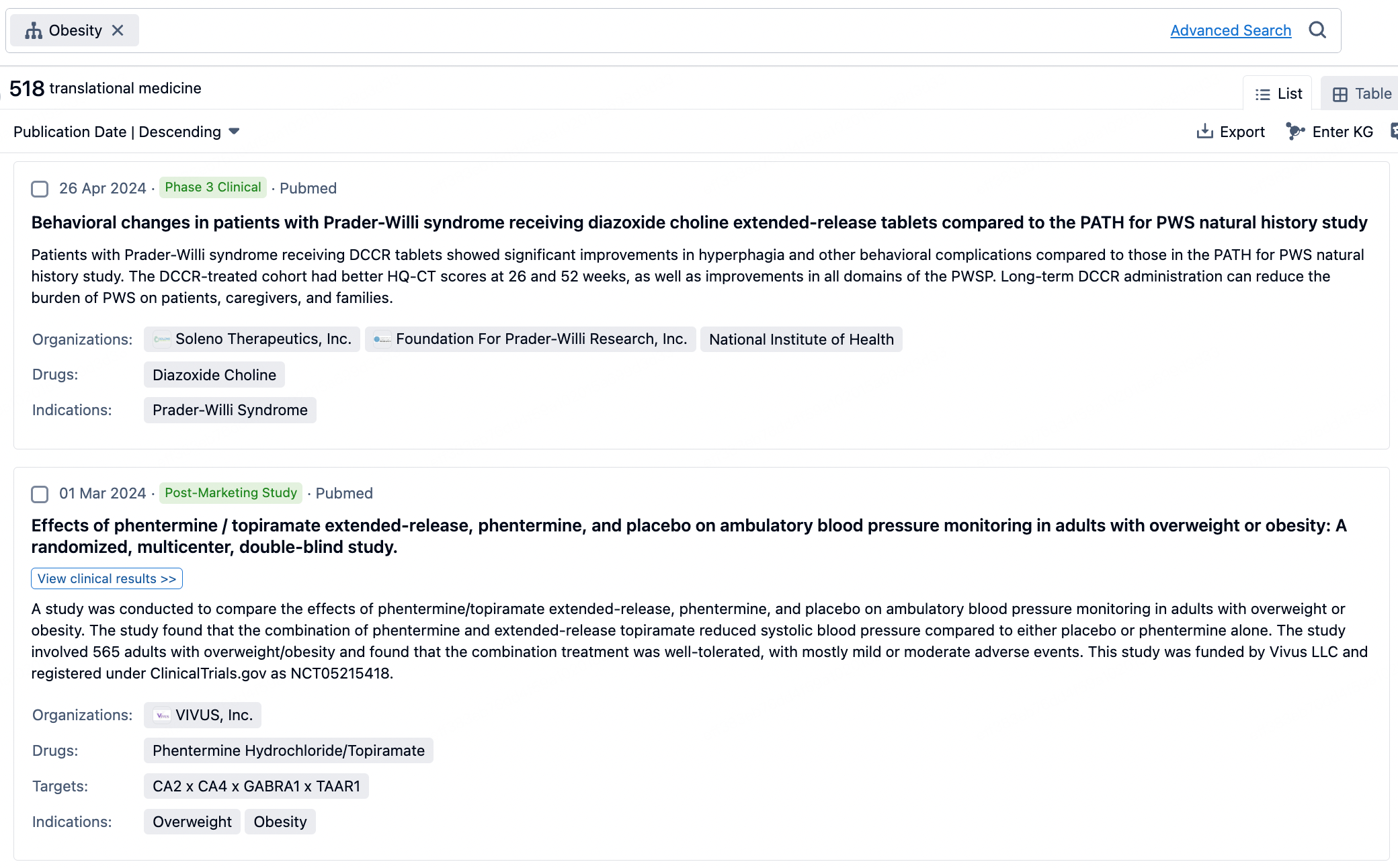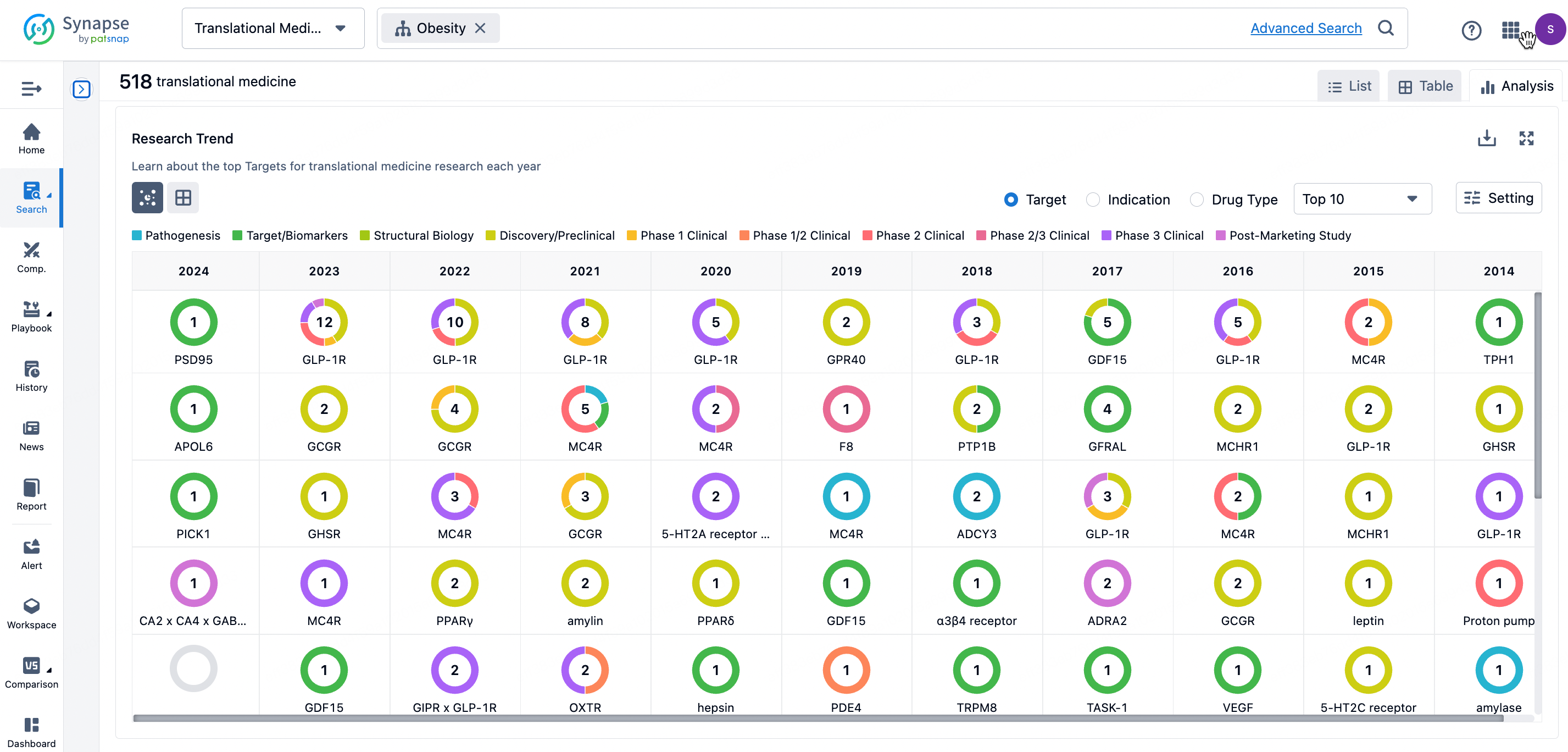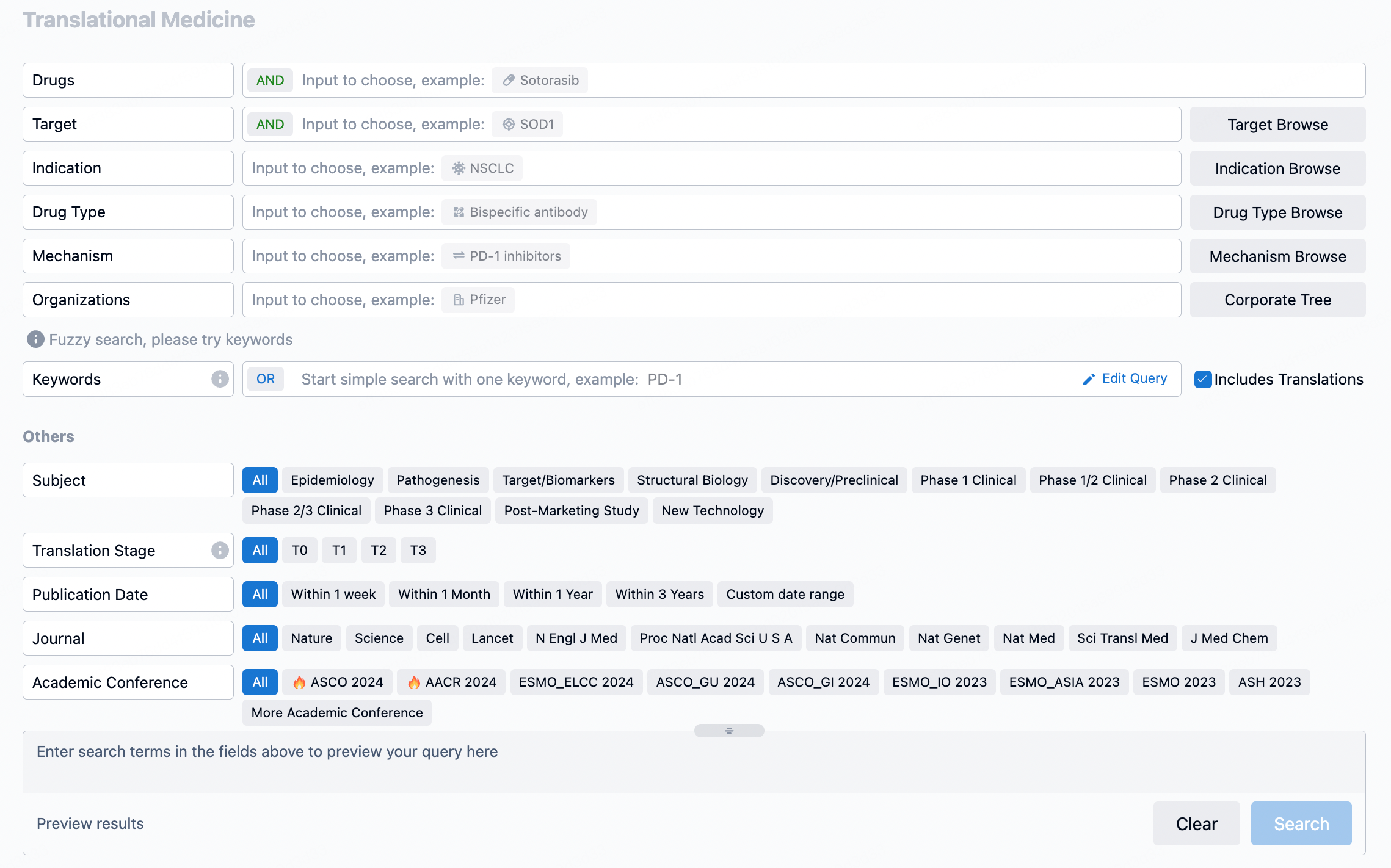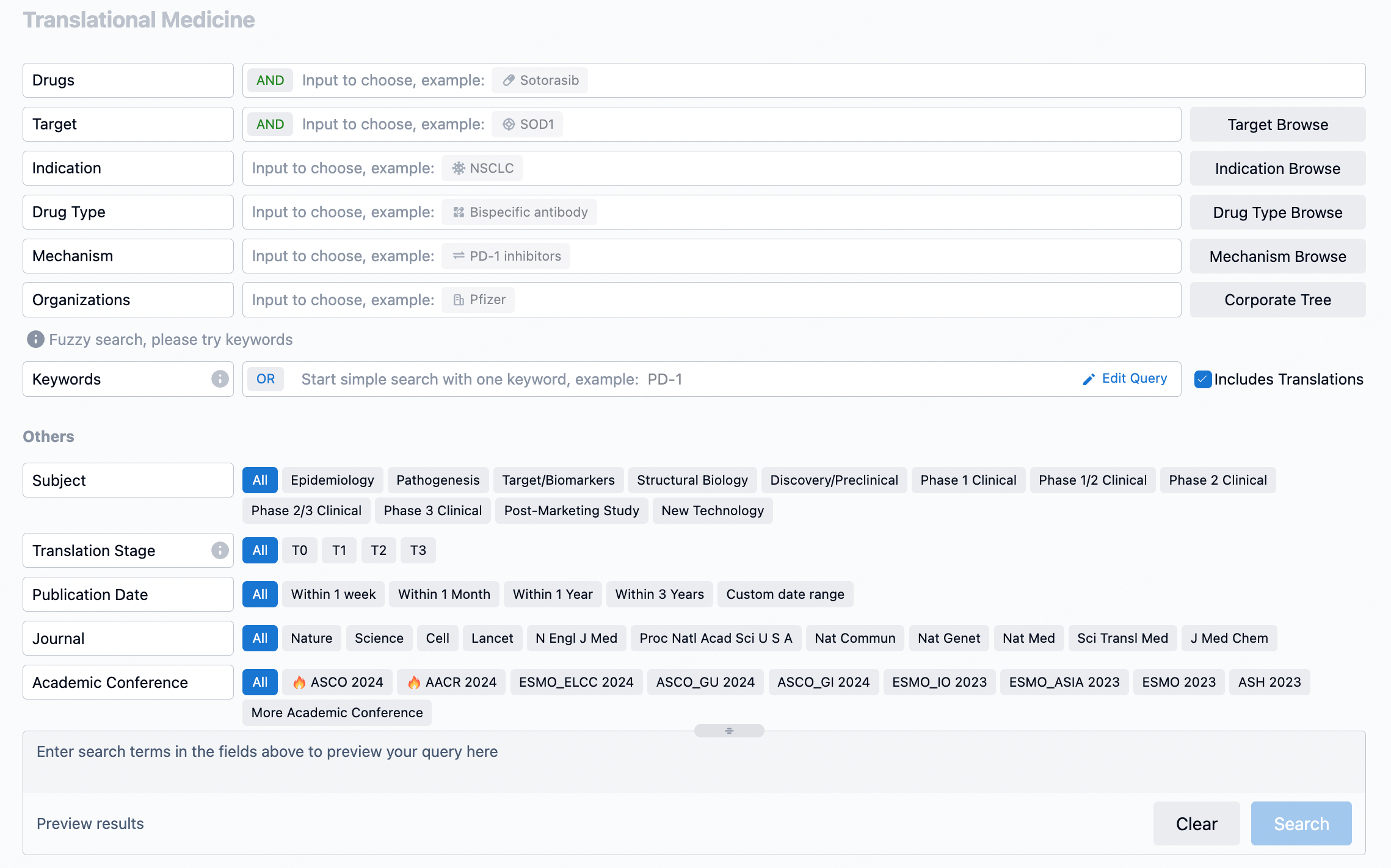Exploring the Mechanism and Implications of RS 23597-190 as a 5-HT4 Receptor Antagonist
RS 23597-190 was found to inhibit the high potency phase of the concentration-response curves to 5-HT in guinea-pig ileal mucosal sheets, confirming the involvement of 5-HT4 receptors. In electrophysiological studies, the compound selectively abolished the slow, high potency depolarizing phase induced by 5-HT in rat isolated vagus nerve, while the rapid, transient depolarization was attributed to 5-HT3 receptors.
At 5-HT3 binding sites, RS 23597-190 showed an apparent affinity, with similar values observed in both NG 108-15 cells and rat cerebral cortex membranes. However, the compound exhibited low apparent affinities for a range of other receptors, including 5-HT1A, 5-HT2, muscarinic M subtypes, and dopamine D1 and D2 receptors.
In vivo, RS 23597-190 was found to antagonize the von Bezold Jarisch reflex in conscious rats and 5-HT-induced tachycardia in anaesthetized micropigs. Notably, arrhythmic effects were transiently observed following the administration of the compound.
In summary, RS 23597-190 is identified as a selective and competitive antagonist with high affinity for 5-HT4 receptors, making it a valuable tool for receptor identification in vitro. In vivo, while the compound is rapidly metabolized in pigs, it can antagonize 5-HT3 mediated responses in rats when administered via infusion, suggesting potential for characterizing 5-HT4 receptor function under specific experimental conditions.
How to Use Synapse Database to Search and Analyze Translational Medicine Data?
The transational medicine section of the Synapse database supports searches based on fields such as drug, target, and indication, covering the T0-T3 stages of translation. Additionally, it offers a historical conference search function as well as filtering options, view modes, translation services, and highlights summaries, providing you with a unique search experience.
Taking obesity as an example, select "obesity" under the indication category and click search to enter the Translational Medicine results list page. By clicking on the title, you can directly navigate to the original page.

By clicking the analysis button, you can observe that GLP-1R treatment for obesity has gained significant attention over the past three years, with preclinical research still ongoing in 2023. Additionally, there are emerging potential targets, such as GDF15, among others.

Click on the image below to go directly to the Translational Medicine search interface.

